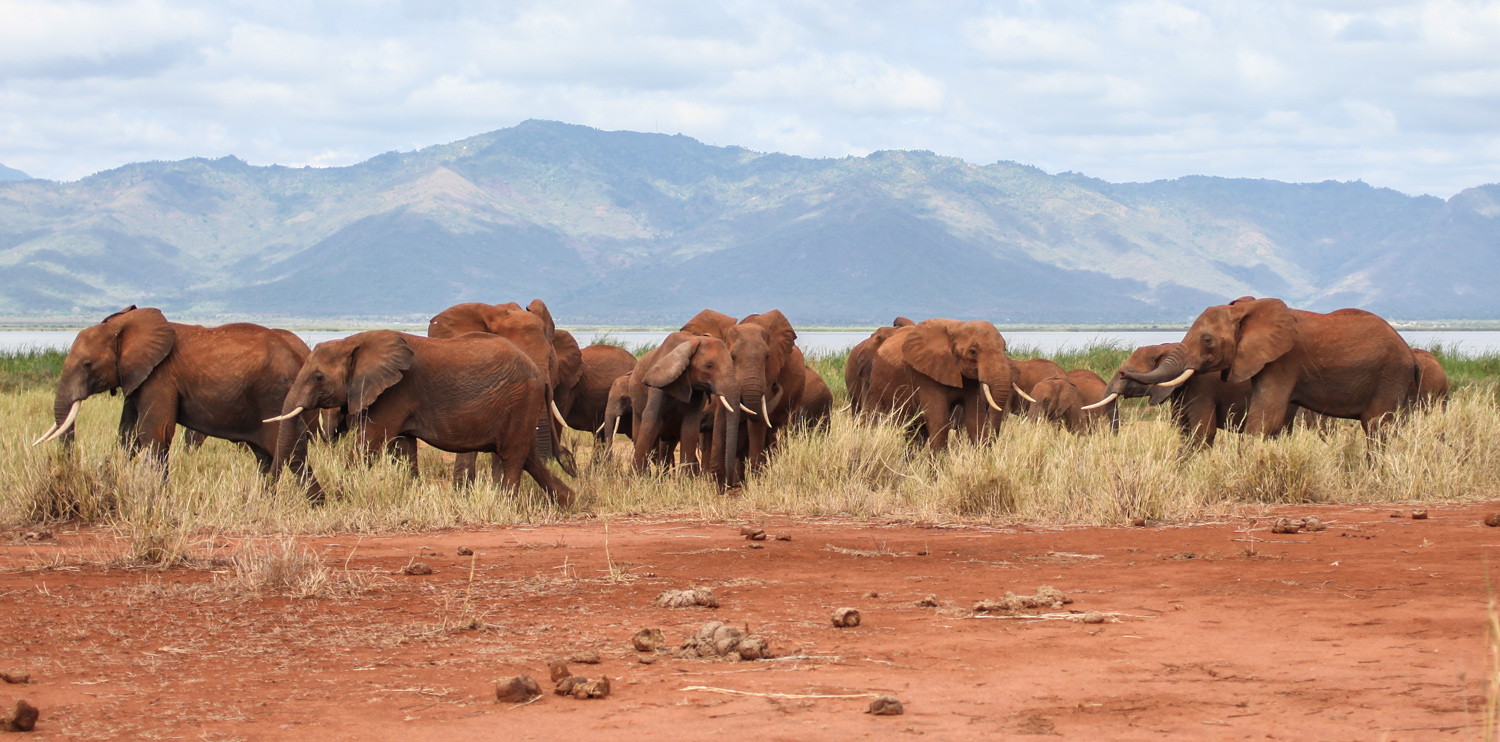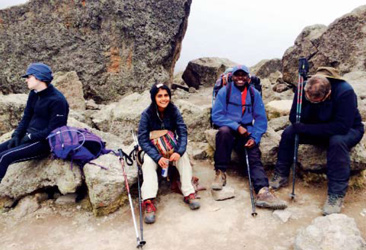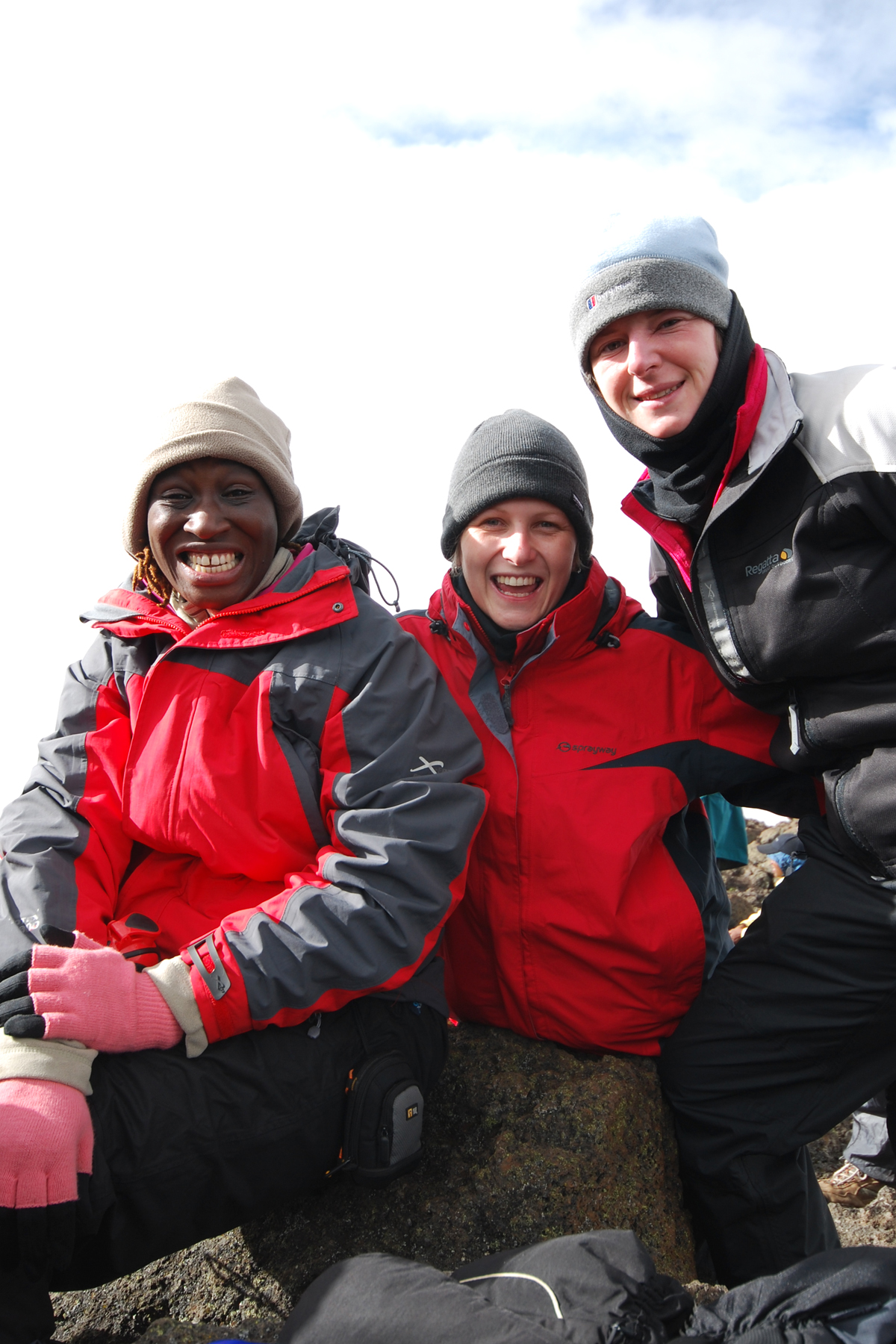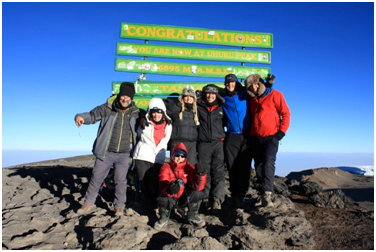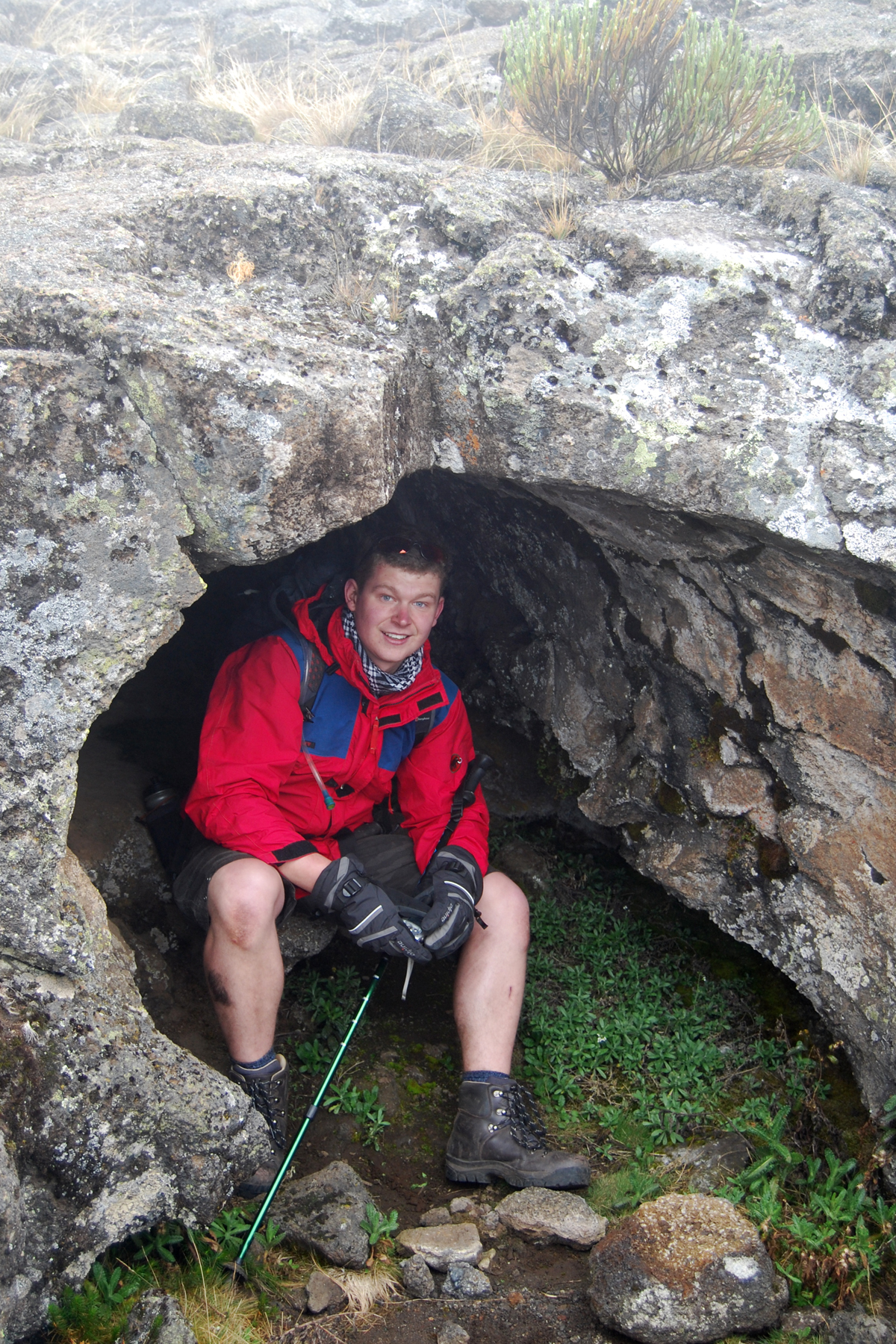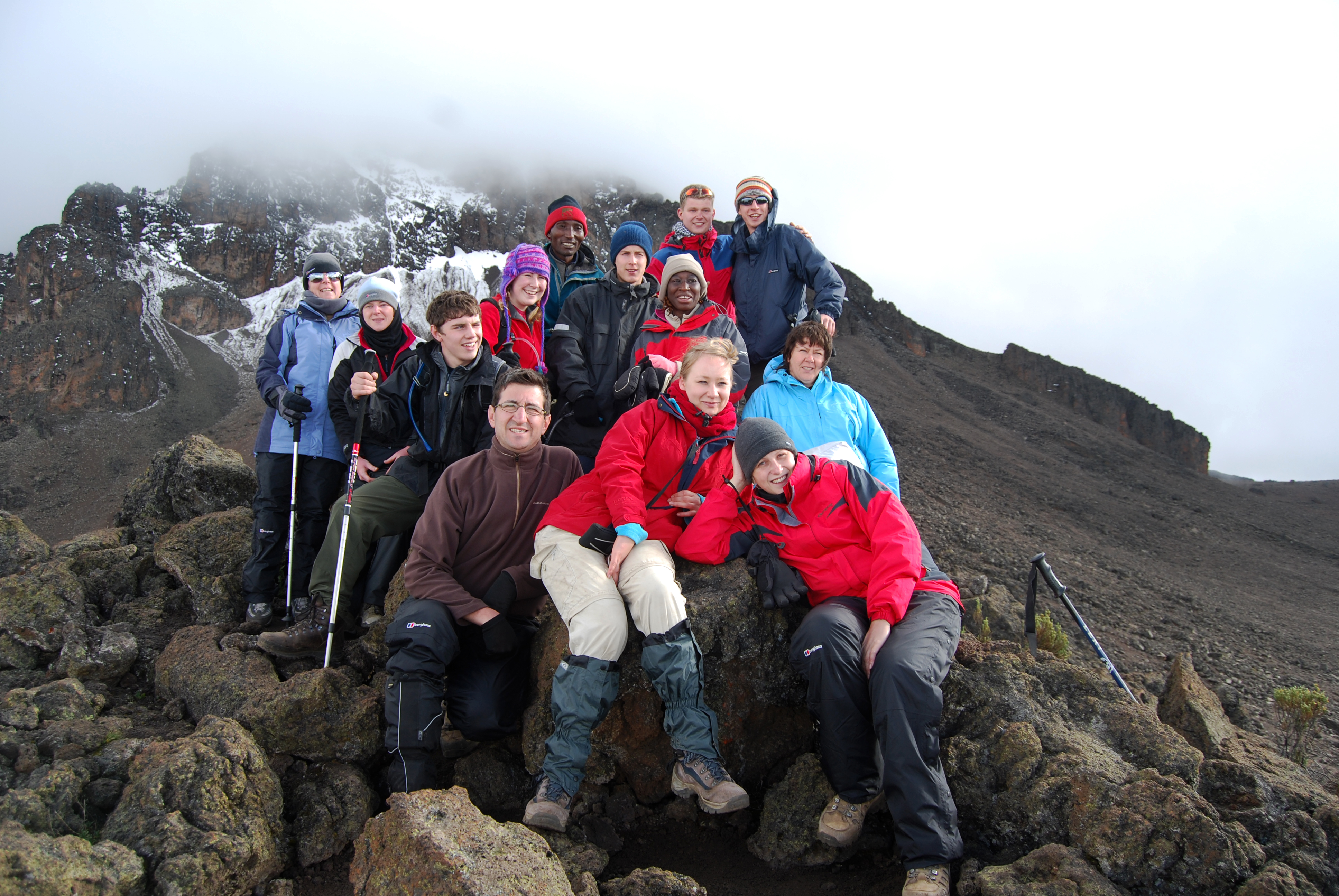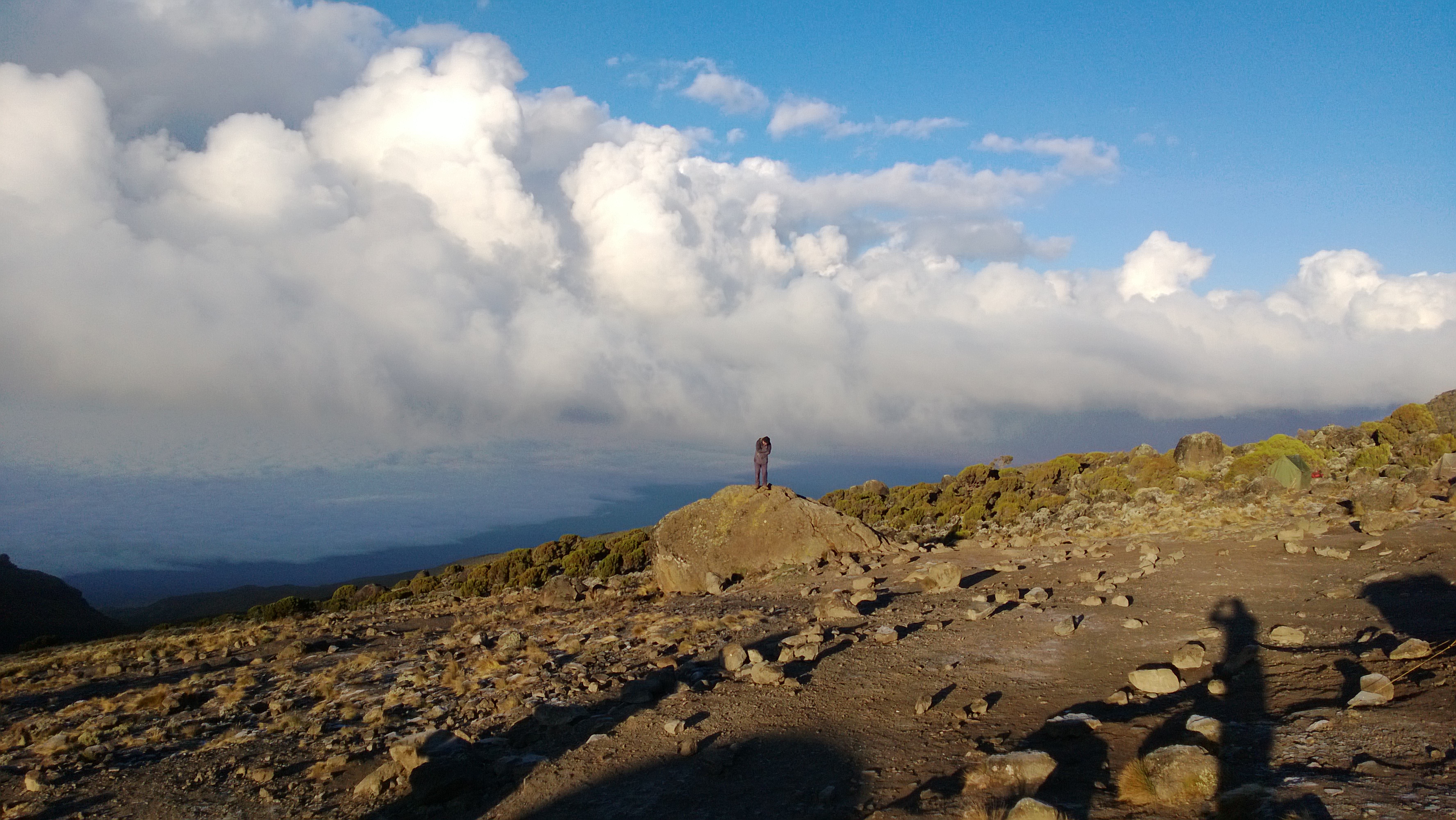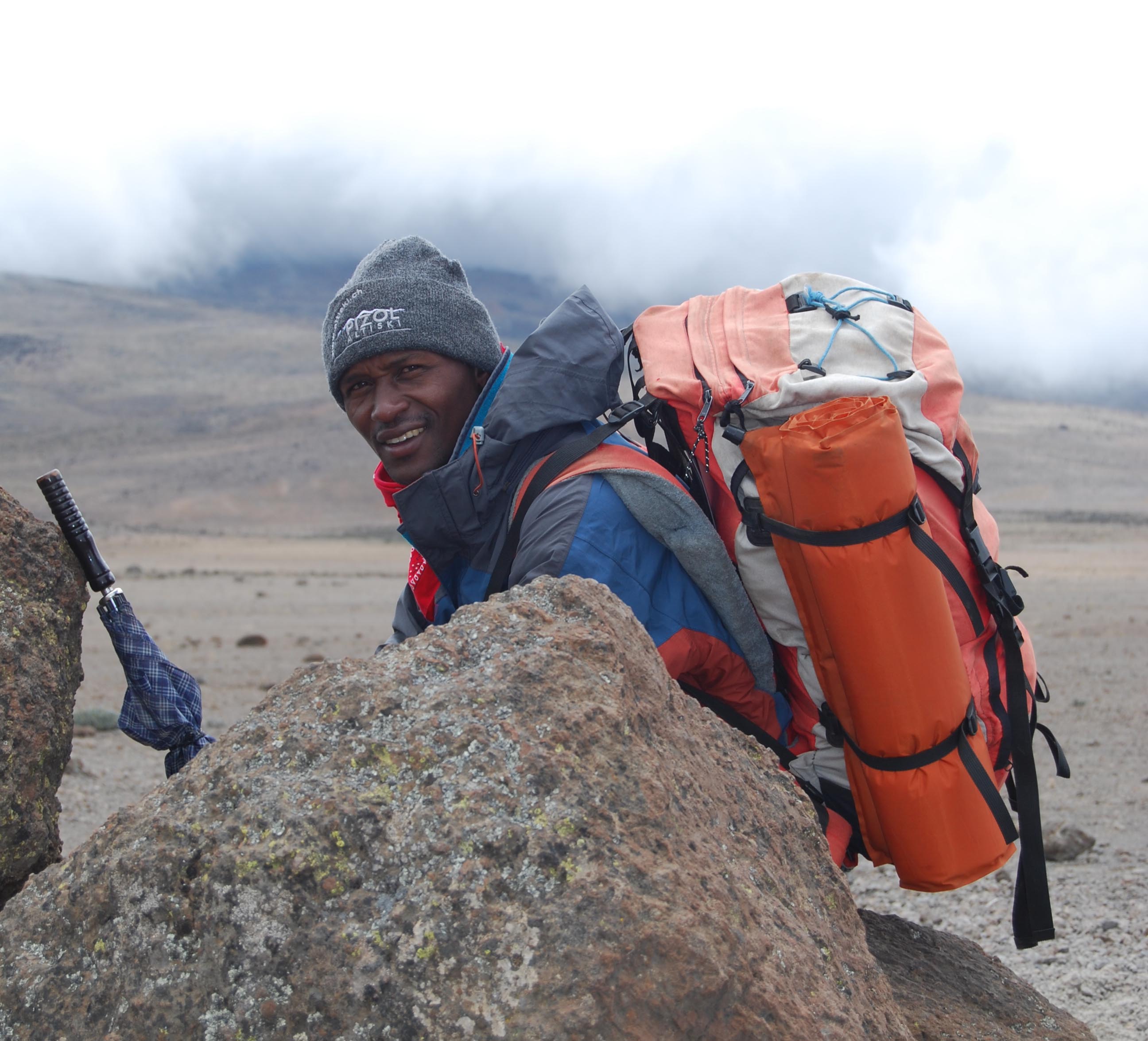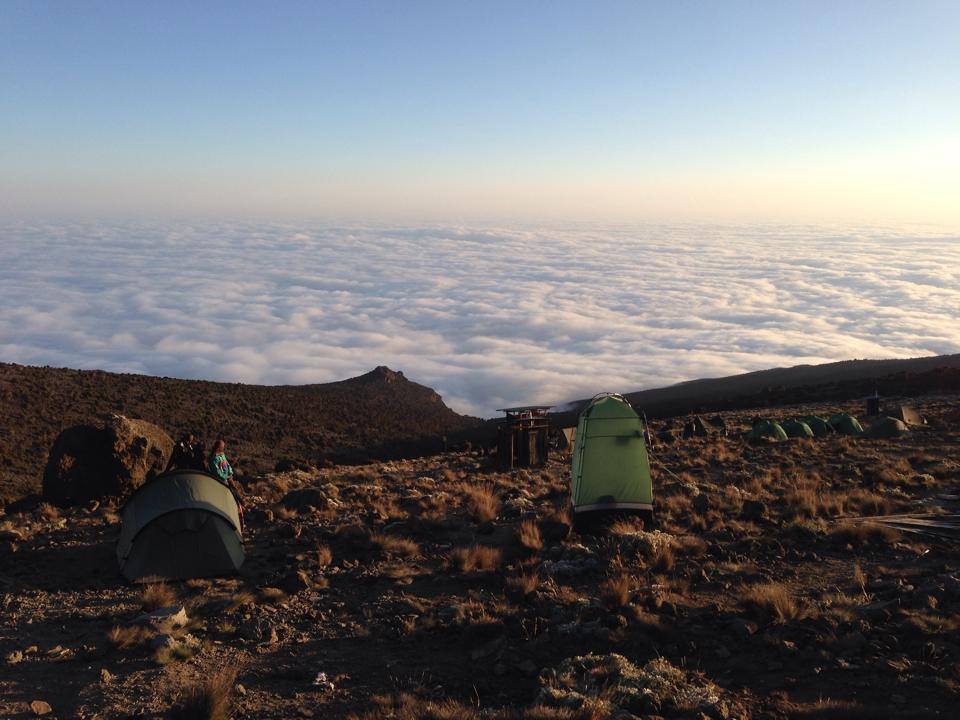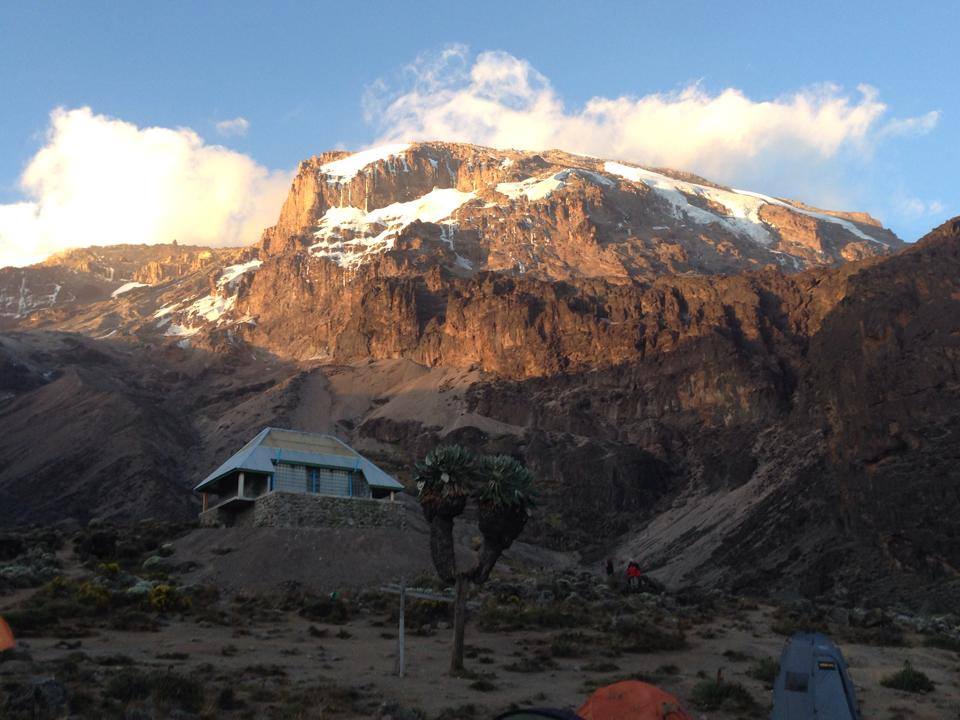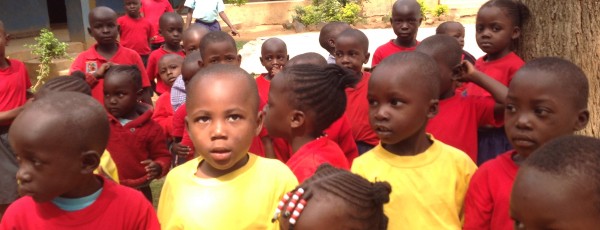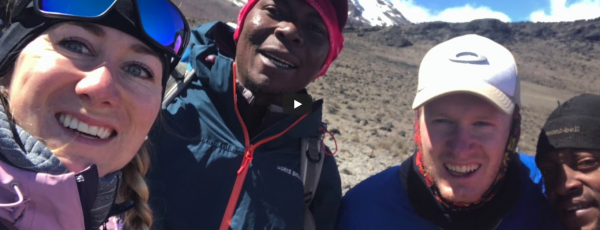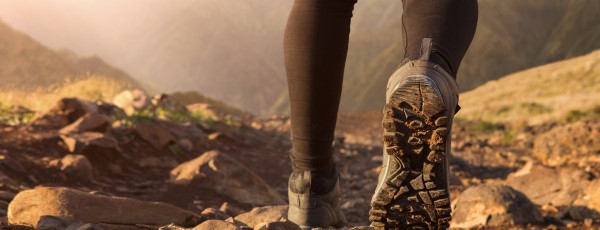- Overview
- Itinerary
- Costs
- Kit List
- Extensions
- FAQs
- Why Us?
- Videos & Photos
Machame Route Overview
(6 days climbing | 10 days in total)
This trek takes you up steep paths through magnificent forests before passing through the moorland zones and Shira Plateau.
This is a popular Kilimanjaro route nicknamed the Whisky Route.
The diverse scenery keeps things interesting as you make your way up the mountain. Higher up, the summit challenge starts at Barafu Camp.
The Machame route is regarded as a challenging camping route which allows for excellent acclimatisation and stunning diverse scenery. It takes a total of six days; with four days ascending through the forest from Machame Gate on the south-west side of the mountain, circling the massif, and summiting from Barafu Camp on day five, followed by descent back down to the gate on day 6.
This is a steep, tough trek offering a good rate of success.

The Machame Route Itinerary
Keys Hotel Moshi
This is the day which you should arrive into Tanzania. Most people fly into Kilimanjaro airport either directly or via Kenya. Others travel overland from Kenya. We can collect you from Kilimanjaro airport or assist you to travel from Kenya.
Overnight in Keys Annexe Hotel in Moshi Town. From the hotel you can see the snow covered peak of Kilimanjaro as you contemplate the challenge ahead.
Day 1Briefing Day Moshi Town (900m)
Briefing day in Moshi Town, meet your Head Guide and enjoy the comfort and modern facilities of the hotel. Get a massage or maybe enjoy an optional cultural excursion to local sights like Marangu falls – we can help organise the trip!
Here’s a movie of what you can expect to see at Marangu
Day 2Machame Camp (2980m)
- Hiking time: 7 hours
- Distance: About 18 kms
- Habitat: Mountain rainforest
- Elevation change: +1490m
Your guide will meet you early in the morning and brief you just after breakfast. Around 9.00am you’ll be driven to Machame Gate which will take around 45 minutes. You can expect to eat a picnic lunch while you go through registration at the gate office. After that your climb really begins!
The first leg takes you through dense rainforest and (the clue is in the name) there’s a strong chance of a downpour or two. Take care on the trail as rain will make it slippery and difficult.
We’ll stop for lunch around the half-way mark, and will arrive in the Machame camping area by late afternoon.
With luck, you’ll find your porters and cook will have arrived in advance and be well underway in setting up camp. Although we’re not that high, temperatures can drop below freezing overnight so huddle up in your sleeping bags and get some rest.
Day 3Machame Camp (2980m) to Shira Plateau (3840m)
- Hiking time: 6 hours
- Distance: About 9 kms
- Habitat: Moorland
- Elevation change: +860m
We set off after an early breakfast with our sights set on Shira Camp. An hour’s hiking will see forest turn to moorland, and after a further 2 hours spent climbing gentle gradients you’ll be ready for a picnic lunch and a rest.
We’ll continue up a rocky ridge and onto the breathtaking Shira Plateau and our first view of the glaciers on Kili’s Western Breach.
A short hike now brings us to Shira campsite. With the increased altitude you can expect another cold night, but settle in and relax as much as you can to conserve your energy.
Day 4Shira Camp (3840m) to Barranco Camp (3950m)
- Hiking time: 6 hours
- Distance: About 15 kms
- Habitat: Arid & Baron
- Elevation change: + 790m / – 680m
- Final Elevation: 3950m
Turning east we’re confronted with the arid, rocky landscape surrounding the Lava Tower where you’ll reach 4630m over a 4 hour walk.
We’ll have lunch in a designated dining area, before ascending the rocky scree to the Lava Tower itself.
You can expect this to be the toughest day so far. It’s usually the point where climbers report beginning to feel breathless for the first time, and maybe even the headaches and irritability associated with activity at these altitudes. This is an essential step in your acclimatisation.
After lunch, we’ll drop back down over 650m to the Barranco camping area over about 2 hours trekking. Make sure to stop and take some beautiful photographs of the Western Breach and Breach Wall. The camp is situated in a valley below the Breach and Great Barranco Wall, which should provide you with a memorable sunset, while you wait to be served a hearty dinner.
Day 5Barranco Camp (3950m) to Barafu camp (4550m)
- Hiking time: 6 hours
- Distance: About 13 kms
- Habitat: Alpine tundra
- Elevation change: + 600 m
After spending the previous evening staring at the foreboding scale of the Barranco wall, now is your opportunity to scramble up it. Despite how imposing it appears, most people find the climb straightforward. By the time you top out at the Heim Glacier, you’ll begin to appreciate the full majesty of the Machame route as you look out at the wonderful views.
The route then heads down through the Karanga Valley over intervening ridges and joins up with the Mweka route. This is will be your preferred route down when you’re returning from the summit. Turn left up the ridge and after another hour or so, you’ll reach Barafu Hut.
The last water stop on the route is the Karanga Valley, as there is no water at Barafu camp.
Barafu is the Swahili word for “ice” and it’s a bleak camping area to spend the night, totally exposed to the ever-present gales. The tents are pitched on a narrow and stony ridge so it’s a good idea to familiarise yourself with the terrain before dark to avoid any accidents.
The summit is now a further 1345m up and you’ll begin your final ascent this same night.
Prepare your equipment, ski stick and thermal clothing for your summit attempt. Keep plenty of batteries available for your headlamp & camera, and carry your water in a thermal flask to ensure it doesn’t freeze during the final push.
Go to bed at round about 7pm and try your best to get some rest and sleep.
Check out this great movie shot on the Barranco wall.
Day 6Barafu camp (4550m) - Uhuru Peak (5895m) - Mweka (3100m)
- Hiking time: 6 hours to reach Uhuru Peak. 5 – 7 hours to descend to Mweka.
- Distance: About 7 kms ascent – 23 kms descent
- Habitat: Stone scree and ice-capped summit
- Elevation change: + 1345 m, – 2795 m
- Final Elevation: 3100 m
You will wake up around 11.30pm and after some tea and biscuits you’ll start the final push through the night to Uhuru peak.
Head North-West through heavy scree towards Stella Point on the crater rim. This 6-hour walk can be the most mentally and physically challenging section of the route. At Stella Point (5685m) you will stop for a short rest and will be rewarded with the most magnificent sunrise you are ever likely to see (weather permitting).
From Stella Point you’ll often find snow on the ground throughout your 2-hour ascent to Uhuru Peak.
The amount of time spent on the summit will depend on the weather conditions so don’t forget to enjoy your accomplishment. This day is one you’ll remember for the rest of your life.
The walk back to Barafu from the summit, takes about 3 hours. Here you will have a well-earned but short rest, and then collect the rest of your gear, before heading down to Mweka hut (3100m). The route is not difficult and will take you down the rock and scree path into moorland and eventually into the forest. The camp is situated in the upper forest and you can expect dinner and washing water to be waiting for you.
Click here to watch a video of one of our amazing supporters reaching the summit
Day 7Mweka camp (3100m) - Mweka Gate (1980m)
- Hiking time: 4 hours
- Distance: About 15 kms
- Habitat: Forest
- Elevation change: -1120 m
After an early and well-deserved breakfast, it’s a short scenic hike back to the Park gate.
At Mweka gate you’ll sign your name and details in a register. This is also where successful climbers receive their summit certificates. Those climbers who reached Stella Point (5685m) are issued with green certificates and those who reached Uhuru Peak (5895m) receive gold certificates. There’s often a celebration or two with the guides as well!
You can now drive back to Moshi for a long over due hot shower.
Find out more in this short movie.
Day 8The end... or the beginning?
Either start your trip to visit our projects, safari or depart for home.
Day 9The Machame Route Costs
There are two options (packages) to choose from when you climb Kilimanjaro with Nasio; ‘climb only’ and ‘fundraising’.
In the climb only package you are responsible for booking & paying for your own flights to Tanzania (approximately £750).
In our fundraising package we include and book all of your flights from Heathrow to Tanzania as part of the over all fundraising target.
Further to that, all of our packages also include:
- Full ground price for the chosen route
- Accommodation in Moshi for 3 nights in the Keys Annexe Hotel (twin, B&B)
- Jeep or coach transport to the mountain gate from and to Moshi
- Park fees, camping fees and park rescue fees
- Park certified guides (ratio of 1:2 or 1:3 depending on number of climbers)
- Porters and cooks, plus equipment and tents for them
- All camping equipment including sleeping tents with mattresses (except sleeping bag)
- Nasio Expedition Manager
- Meals on the mountain – fresh food, 3 meals per day
What’s not included?
- Airport transfers approximately (Kilimanjaro Airport ) – £10/$15 per person one way
- Tanzanian & Kenyan Visas – $50 can be purchased on arrival
- Vaccinations and malaria tablets
- Personal expenses
- Travel insurance
- Lunch and dinners in Moshi
- Tips at $150 (US Dollars) per person for distribution to climb staff
About your deposit
Your £250 deposit secures your place on a climb and counts towards your trip’s total cost. Should you have any issues with your original climb date, we’ll happily transfer your deposit to a future climb as part of our “deposit for life” scheme. We can also transfer it to a friend or family member should you become unable to climb for any reason.
If you have any questions at all about the costs or what is included in your climb package, please don’t hesitate to get in touch.
Kit List
Travel Documents
- Valid full passport (Must be valid for at least six months from date of entry)
- Visas (These can be obtained in advance or on entry to the country)
- Airline ticket (E-Ticket will be provided)
- Health card with immunizations (Yellow fever certificate – essential)
- Travel insurance (This must include high altitude trekking)
- Medical insurance
- US$ cash / Travellers Checks / Credit Card
Essentials
- Large backpack or holdall (65-80 litres) – large enough for all climbing gear and clothing. To be carried by the porters
- Small luggage locks – to lock zippers
- Day backpack – between 20 – 35 litres. Large enough to carry your water, camera, raincoat, lunch pack, snacks & warm clothing.
- Sleeping bag to -18 degrees (You can hire this from us if you need to)
- Thermal Sleeping Mat (You can hire this from us if you need to)
- Water bottle / containers
- Kilimanjaro map (Can be bought at Park gate)
High Altitude/Hiking Gear
- Waterproof, breathable & windproof jacket (like Ventex, Gore-Tex or Jeantex outer wear)
- Waterproof, breathable & windproof pants (outer wear)
- Polar fleece (middle layer)
- Thermal underwear (under layers)
- Thermal Jacket (Can be hired in UK)
- Mittens or warm gloves
- Glove liners (personal choice)
- One pair thermal (Polartex) socks
- Balaclava
- Gaiters
- Thermal water flask
- Shorts
- Hiking pants
- Regular underwear
- T-shirts
- Raincoat or Poncho
- Water resistant semi-stiff hiking boots – mid weight boots work great
- Shoes for overnight camps – i.e. sneakers, running shoes
- Quality walking socks – using inner/liner & outer socks can help prevent blisters.
General Equipment
- Sun hat or similar (with a brim)
- Collapsible ski stick (optional but highly recommended)
- Water bottles – two or three (total capacity at least 6 litres)
- Head lamp, good strong one with spare batteries and an extra light bulb
- Water purification tablets
- Sunglasses, good quality dark lenses for the climb, with a securing strap
- Flashlight (torch) with spare batteries
Personal Items
- Toilet kit (soap, tooth brush, toilet articles, wet wipes, etc.)
- Towel
- Sun screen and lip protection, SPF 30+
- Ziploc bags, to protect camera, binoculars, etc. from dust
- Toilet paper
- Money belt for passport and valuables
- Sanitary Napkins/Tampons if needed
Medical/First Aid
- Headache – Painkillers
- Altitude sickness – Diamox (if not allergic to sulpha) please discuss when you visit your GP
- Diarrhoea – Imodium
- Nausea – Valiod
- Anti-malarials
- Antiseptic cream
- Sprains, abrasions blisters &cuts – Plasters & bandages
- Flu & Cold – Night/Day Nurse etc.
- Eye irritation – Eye Drops
- Insect Stings/Bites cream & Insect repellent
Optional Items
- Camera, extra lenses
- Binoculars
- Powdered sports drinks for the climb
- Pocket knife
- Notebook & pencil
- Plastic bags to keep clothing dry (+ duct tape)
- Energy snacks and sweets
- Video camera
Download this full information as a handy Kilimanjaro packing checklist here.
Extensions
Maximise your climbing experience by choosing to take part in one of our trip extensions or extras. You will have the opportunity to register for extras as you go through the booking process. If you'd like to know more about any of the below, please do not hesitate to get in touch.
- Acclimatisation Day At Kili
Maximise your chances of a successful summit with an extra day spent at Kili before your climb officially begins.
Find out more
- 3 Day Masai Mara Safari
Combine your climb with an amazing Masai Mara Safari & make the most of your time in Africa.
Find out more
- Kenya 3 Day Volunteering Extension
Volunteer with The Nasio Trust and experience first hand the amazing work that your climb has helped to support.
Find out more
- Mombasa/Zanzibar Beach Holidays
The Zanzibar Archipelago is an ideal place to unwind. It sits in the Indian Ocean 15 miles off the coast of Tanzania. Alternately come and experience the Mombasa coast, known for its beautiful white sands and the incredible Lamu Island.
Find out more
Frequently Asked Questions
Main FAQ
Our prices are land based and all inclusive including all park fees – there are no hidden costs/ fees. We have flexible payments and ask for a £250 deposit to secure your place, then remaining balances 4 weeks prior to departure. We have more than ten years’ experience in organising climbs with 95% summit success rates and can ensure you a wonderful and enjoyable climb of Mt Kilimanjaro. More info here…
Yes, we can arrange an extension to your trip so you can visit one of our day care centres in Kenya. There will an extra cost to your trip including but not exclusively, additional flights, accommodation and food.
Yes, British passport holders can obtain a Tanzanian visa by post before they leave the UK find out more here, you can also purchase this on arrival in Tanzania. If you are travelling through Kenya en-route, you will also require a Kenyan visa which is best applied for on arrival.
Your address during your visit should be given as:
Keys Hotels, P.O Box 933, Moshi, Kilimanjaro Tanzania +255 757117784
And emergency contact:
Director of Operations – Humphrey Senna: (+254) 711 930 609
We will supply you with a full kit list once you have signed up, but apart from a good pair of hiking boots, warm/waterproof clothes and a warm sleeping bag there is no specialist kit.
Yellow Fever is absolutely compulsory before you enter Tanzania. Typhoid and Hepatitis A vaccinations are advisable. Tetanus and polio vaccinations should be up to date. Anti-Malaria protection may also be advised by your GP. This is a guideline only you are advised to seek professional medical advice from your GP or local travel clinic.
The Government’s Gift Aid scheme means that if a donation is made by a UK Taxpayer, we can claim back 25p for every £1 donated. As this scheme works in a particular way, and often we do not receive the Gift Aid until long past the event, the guaranteed place minimum sponsorship targets are as stated and not reduced by Gift Aid.
To secure your place we ask for a deposit of £250 on booking (which is included towards the advertised total trip fee). The balance is then due 4 weeks prior to your trip start date. Remember: when you commit to climbing with us your deposit lasts for life, so you can simply decide on a date as and when is most convenient for you.
This is not just a walk, this is a demanding trek so you do need to train and be fit. We will send you a training guide when you enter to get you fully prepared. Remember the fitter you are the more you will enjoy the adventure.
Approximately $150 to $180 (US) spending money is sufficient for drinks and some souvenirs.
Yes, everyone who takes part needs to take out their own comprehensive travel insurance covering health, accidents and loss before departure. We will send you further information nearer the time of exactly what is required.
Due to the growing popularity of trekking Mount Kilimanjaro, the mountain has in effect become a key component of the local economies in Moshi and Arusha Tanzania.
With this growing interest in trekking Kilimanjaro, local and international tour companies have proliferated and local residents in these towns have flocked to the mountain in desperate need for work. Unemployment is high in Tanzania and hence there is no shortage of people willing to do literally anything to earn a wage, albeit tiny.
At Nasio we work with a reputable climb company who we’re proud to say offer excellent salaries, but tipping is very much part of the culture on Kili.
If you are the only climber in your group, and you feel like you received a great experience on the mountain, increasing the amount of your tip beyond this suggested level makes a massive difference to the lives of the guides and their families.
- Please prepare your tips before going on the mountain by bringing around $150 (US Dollars) with you when you climb.
- Please give your tips as a group to the head guide at the hotel. Do not give the tip to the guides or the porters directly or at the gate.
- Please do not give an individual tip to a specific porter or guide during the climb of Kilimanjaro. This breeds suspicion and encourages them to pester tourists for more money. We try to maintain consistency and fairness at all times. If there is someone who the group feels deserves special mention then tell our head guide and by all means add a small amount extra, but make sure that it is given in front of everybody and recognised as a reward for service beyond the usual call of duty.
- Please also remember that money is not the only way of showing your gratitude, a genuine thank you in front of all the other staff goes a long way to making someone happy.
Find out more about the role and history of local porters on Kilimanjaro here.
While camping we will be up at around 6.00 am! We will have an early breakfast in a communal dinning hut and then start walking around 7.30-8.00am. We walk for 3-4 hours in the morning and then stop for a packed lunch. In the afternoon we walk for 2-4 hours to our overnight camp. In the evenings, firstly we will have a drink and rest, dinner will again be served in the dining hut and we will have a briefing each night about the next days trek.
We are more than happy to help wherever you are travelling from. We can put together special climb packages that are perfectly tailored to overseas participants. Please get in touch with us and we can discuss your requirements and come up with the perfect solution for you.
Depending on group numbers, you will have a UK Expedition Leader or Local Leader, plus local guides, porters, cooks and kitchen staff.
The trip has to be paid for in advance, so we insist that 30% of the total must be paid to The Nasio Trust at least 26 weeks prior to departure and 80% of the total must be paid at least 6 weeks prior to departure.
If you do not meet the 30% deadline you will be encouraged to consider either postponing your climb date or switching to the climb-only option. Please note you may be liable for any costs incurred by the charity as a result of the delay in payment should you decide to continue with the fundraising option and the same climb date.
Failure to meet the 80% deadline will forfeit your eligibility to participate – or again you may choose to make up the balance yourself.
The best times of year to climb Kilimanjaro is between December to early March and late May to late October. The two main rainy seasons are between late March to mid May and November. Equatorial and arctic conditions are present on Kilimanjaro and so you can expect the weather to change from hot and dry to wet and misty, to very cold. We start on the warm plains (up to 30C), before ascending through a wide belt of wet tropical forest. The higher we climb, the colder it becomes. There is permanent ice at the summit and below freezing temperatures. Night-time temperatures will be very cold.
All the water on trek will be boiled or pumped and safe to drink. Bottled water is available to buy in the hotel. Meals on trek will be substantial, but it is still a good idea to bring energy bars, snacks, etc…, to keep you going during the day. Breakfast will consist of cereals and/or bread, with something hot such as porridge or pancakes, plus tea and coffee. A typical lunch will be sandwiches, chicken plus a drinks and chocolate bar. For our evening meal there will be soup followed by a main course with rice, potatoes, pasta and vegetables. Again hot drinks will be served. We will need to know in advance of any special dietary requirements.
In the “Fundraising” package the Nasio Trust is responsible for arranging your flights and connections for you before you arrive in Tanzania. Quoted prices are based on a UK departure airport but we can quote for departure from anywhere in the world.
With the “Climb Only” package, you are responsible for arranging your own flights and transfers to Kilimanjaro Airport, where the Nasio Trust will pick you up and take you into our care for the duration of your stay.
Although a portion of the funds raised in both types of package do go to benefit the causes we support, the “Climb Only” package is designed for people seeking to raise funds for a different charity, but still wanting to take advantage of our many years of experience arranging Kilimanjaro adventures.
Whichever option suits you best, you will still be guaranteed the high level of personal service and excellent summit success rates that we’ve worked so hard to provide through our network of local guides and operators.
The terrain varies from sub-tropical vegetation through cloud forest, to bare rugged mountain slopes. The route has repeated ascents and descents and whilst most of the paths are wide, there are a couple of short narrow sections.
The room configuration in the hotel at the beginning and end of the trek is likely to be twin share. Whilst we are trekking we will be sleeping in two person dome Mountain tents. Single rooms are available at the hotel on request at extra cost.
The altitude problem is the shortage of oxygen: as you climb higher, the air gets thinner. At 4,600m, atmospheric pressure is about 50% of that at sea level. The high altitude will be the biggest challenge to us on this trek and there are a variety of symptoms including headaches, tiredness, irritability, nausea and depression. The effects of altitude can be felt from around 2,500m upwards. Not everyone is affected by altitude sickness and fitness, size, age or sex has nothing to do with how people maybe affected (although females are less likely to be affected than males) if at all. Please read the altitude information on the Kilimanjaro medical form.
For more information – download our booklet here…
Why us?
We know there are a wealth of operators offering you a Kilimanjaro Climb, but we’re confident that none of them can match up to the complete African experience offered by the Nasio Trust.
Whether you plan to raise money for us, for a different cause that’s close to your heart, or even just want to climb for the experience alone; we’ll ensure every aspect of your trip is perfect.
When you climb with Nasio you’ll benefit from:
- A 100% safety record
- A 100% summit success rate
- Well over a decade of experience organising climbs
- Skilled and experienced porters and climb representatives
- Flexible & transferable deposits
- The personal approach of a small family company
- Options to extend your trip with an African Safari, Acclimatisation Day, UK Training Weekend or see our amazing projects for yourself by volunteering with us.
And if you choose to raise funds for our amazing causes in Western Kenya, you’ll be changing the lives of people in desperate need too. Find out more here.
Kilimanjaro Videos & Photos
About the climb packages
Fundraising package
Under this option you commit to raise the minimum amount for Nasio Trust.
This will cover everything. The cost of your climb, international flights and all transfers. The balance of the remaining funds and any gift aid received will go directly to the Nasio Trust to support our amazing projects in Western Kenya.
Cimb only package
Under this option you pay us for the climb, and pay all flights and transfers yourself. There is no requirement to fund-raise, and if you do choose to climb for charity you can raise funds for any cause you like.
Flights will currently cost you in the region of £750.
X








